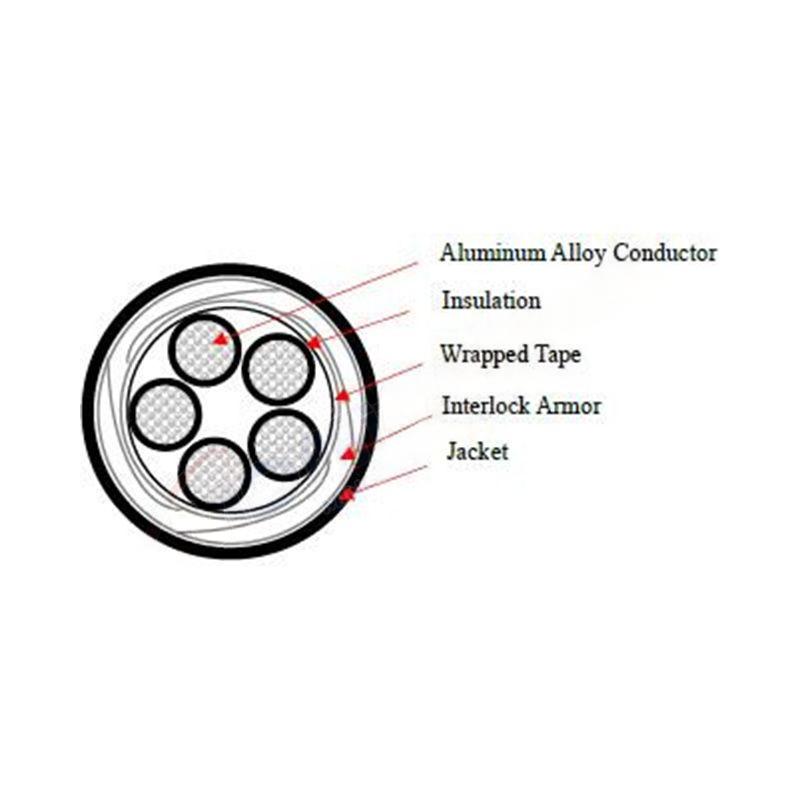Nov . 25, 2024 03:50 Back to list
Electric Actuated Butterfly Valve Applications and Advantages in Industrial Systems
Electric Actuated Butterfly Valve A Comprehensive Overview
Electric actuated butterfly valves are an essential component in various industrial applications, providing a reliable and efficient means of controlling fluid flow. These valves combine the simplicity of design with enhanced performance capabilities, making them a preferred choice in many sectors, including water treatment, oil and gas, HVAC systems, and chemical processing.
What is a Butterfly Valve?
Butterfly valves are quarter-turn rotational valves that consist of a circular disc or plate mounted on a shaft. The disc is positioned in the center of the pipe and can rotate 90 degrees to either allow or restrict flow. When the valve is in the open position, the disc is parallel to the flow, providing minimal resistance and a straight flow path. Conversely, when it is closed, the disc is perpendicular to the flow, effectively sealing the passage.
Electric Actuation Explained
Electric actuation involves the use of an electric motor to open or close the valve. This contrasts with manual actuation, where the operator physically turns a handle or lever. Electric actuators offer several benefits, including increased precision in control, improved response times, and reduced labor costs. They are particularly valuable in applications where valves are located in hard-to-reach places or where automation is necessary for operational efficiency.
Benefits of Electric Actuated Butterfly Valves
1. Efficiency Electric actuators can operate much faster than manual systems. This rapid response is crucial in processes where maintaining constant flow rates and pressure is vital.
2. Precision Control These valves allow for fine-tuning of flow rates through modulating control, making them ideal for applications requiring precise adjustments.
3. Automation Capability Electric actuated butterfly valves can easily integrate with automated control systems, enabling remote operation and monitoring. This feature is especially beneficial in large-scale operations where human oversight is limited.
4. Reduced Maintenance Electric actuators generally require less maintenance compared to pneumatic or hydraulic systems, as they have fewer moving parts and are less susceptible to external contamination.
5. Safety Features Many electric actuated butterfly valves are equipped with built-in safety features, such as limit switches and manual override options, ensuring they can still function in emergencies or power failures.
Applications of Electric Actuated Butterfly Valves
Electric actuated butterfly valves are used in a wide array of applications
electric actuated butterfly valve

- Water Treatment In water treatment plants, these valves regulate the flow of water and chemicals, ensuring proper treatment processes and efficient system operation.
- Oil and Gas The upstream and downstream oil and gas industries utilize butterfly valves for flow control during extraction, transportation, and refining processes.
- HVAC Systems In heating, ventilation, and air conditioning systems, they are employed to regulate air and water flow, contributing to energy efficiency and environmental control.
- Chemical Processing The chemical industry relies on these valves to control the movement of corrosive substances safely, maintaining a robust and reliable piping system.
Choosing the Right Electric Actuated Butterfly Valve
When selecting an electric actuated butterfly valve, several factors must be considered
1. Size and Diameter Ensure that the valve's size is compatible with the piping system to maintain flow efficiency.
2. Material Depending on the media being transported (water, oil, corrosive chemicals), the valve material should be compatible to prevent deterioration.
3. Actuator Specifications The actuator must be chosen based on the required torque, speed, and control type (on-off or modulating).
4. Control Interface Compatibility with existing control systems (like SCADA or PLC) is essential for seamless integration and operation.
5. Environmental Conditions Understanding the operating environment (temperature, pressure, and potential exposure to chemicals) will influence the choice of valve materials and actuator construction.
Conclusion
Electric actuated butterfly valves play a crucial role in modern industrial applications, combining efficiency, precision, and reliability. Their ability to integrate into automated systems makes them an invaluable asset in streamlining operations across various sectors. As industries continue to advance towards automation and improved system control, the significance of these valves will only increase, solidifying their place as a foundational component in fluid management systems.
Share